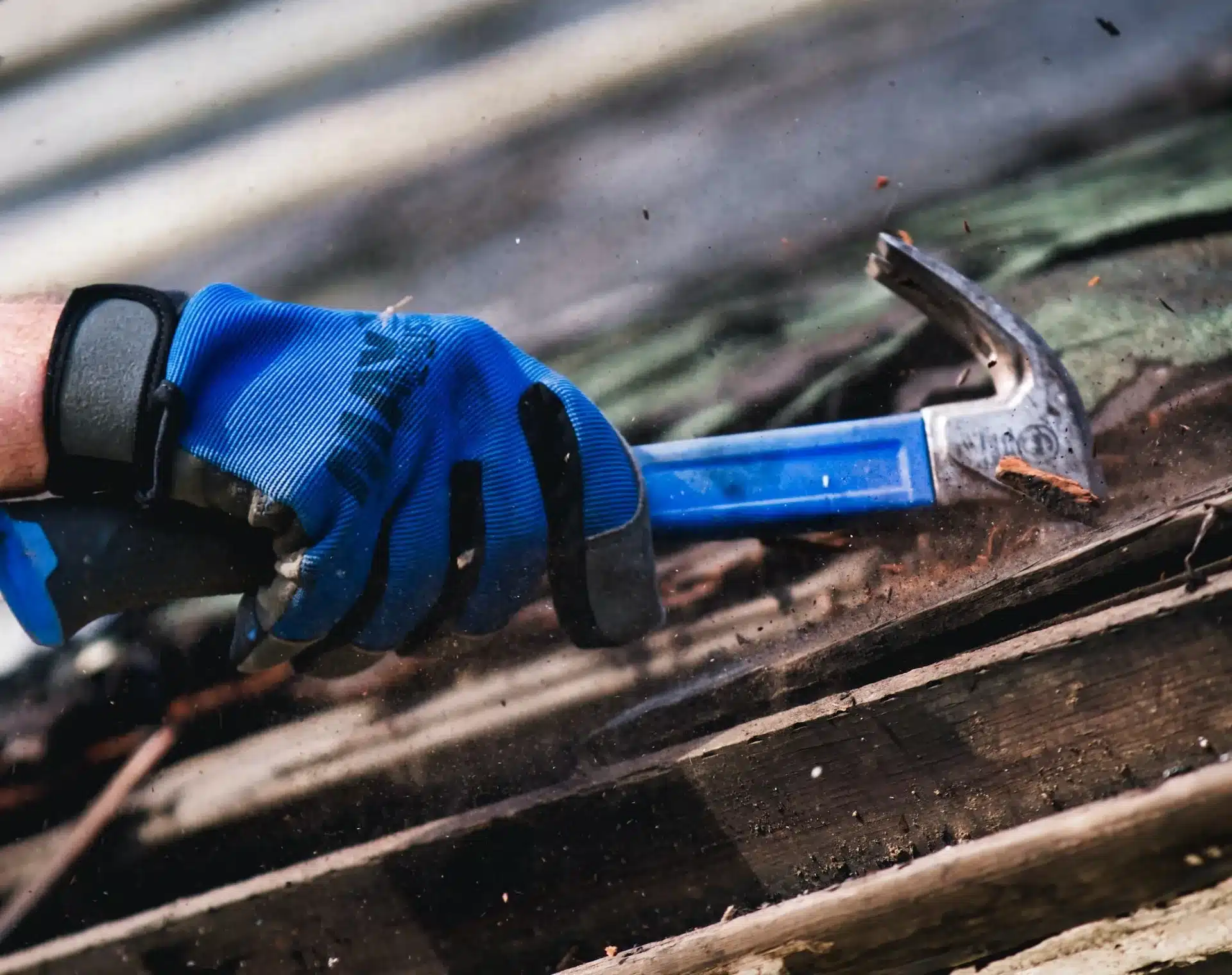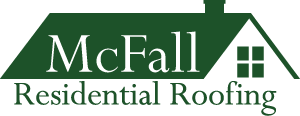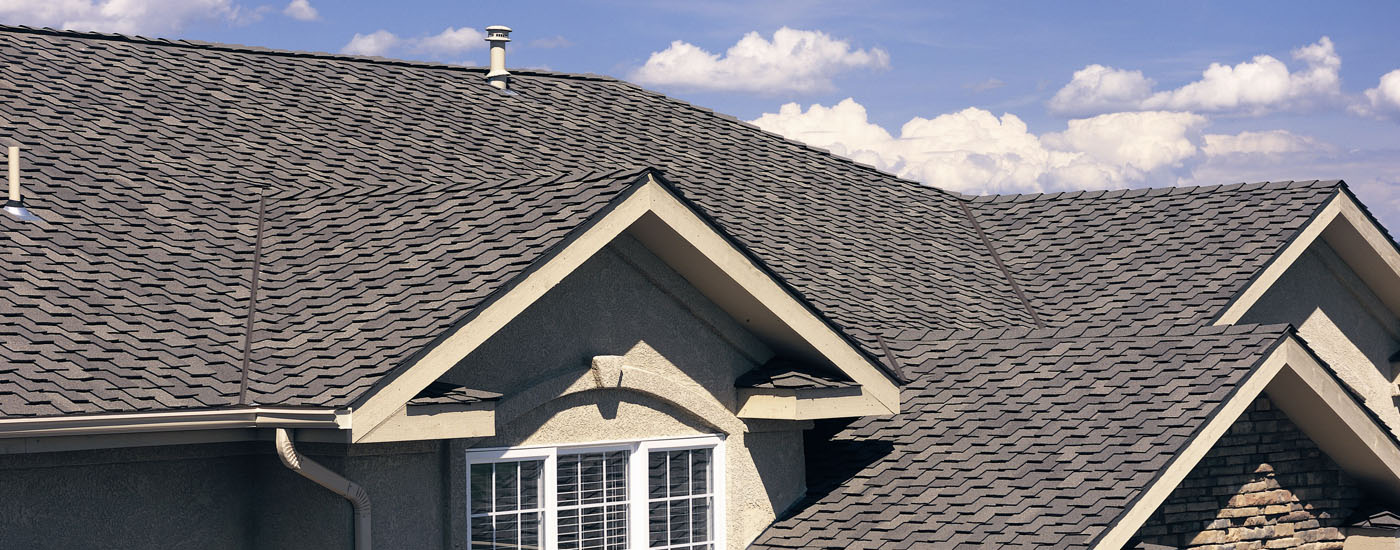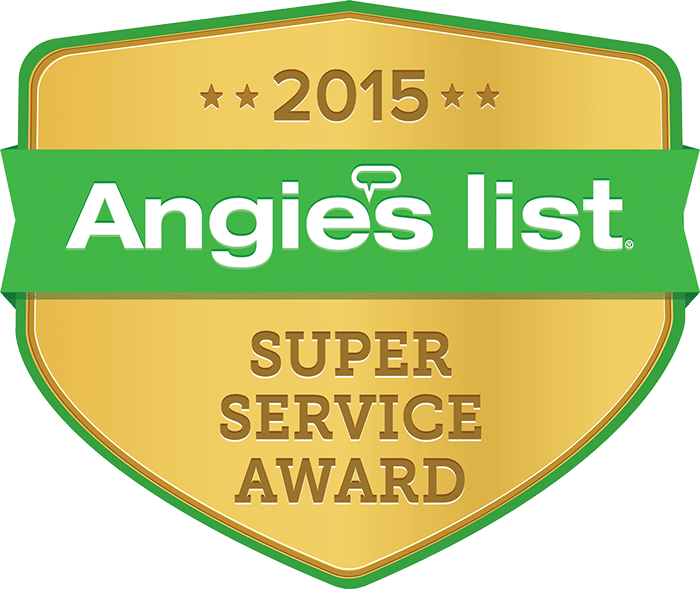
Spending your money on roof repairs is never fun. Fixing small issues yourself can save money, but it’s important to be aware of the pros and cons of DIY roof repair. While we may be a little biased as a roofing company here in Gainesville, FL, we’d still like to offer you some professional advice on what to be aware of before you start your next project.
Things to Consider Before a DIY Roof Repair
Before you jump on that ladder to patch that roof leak, there are a few things you should keep in mind for any DIY roof repair.
Working at Heights Can Be Dangerous
Roofing carries an inherent risk as you’ll need to perform tasks or transport heavy materials and equipment to levels exceeding shoulder height. Roof repair companies in Gainesville and around the country receive training and supervision when working at height and often have access to specialized equipment to transport materials to the top of a building.
Falls become significantly more dangerous when working above 10 feet, so be sure to take care and consider hiring a roofer if your home has an especially high, slick, or steep roof.
Construction Experience is a Must
In our humid climate, improperly fitted shingles, underlay, or flashing can result in mold, water damage, water stains, and decay. While you may repair the site of a leak, you may not realize that you’ve only moved the problem to somewhere harder to notice.
You don’t need to be a construction worker to repair your own home, but supervised experience in building, repair, or remodeling activities is preferred before carrying out a roof repair. It’s great to know you’re handling tools and materials safely and are aware of potential mistakes.
You’ll Need More than a Hammer
Roofing is a specialized industry where professionals have access to a range of tools that make their job possible (or significantly easier). You may not have the same resources at your disposal including:
- Air compressor and nail gun
- Extension ladder
- Ladder stabilizer
- Heavy duty lift (or power ladder)
- Shingle cutter
- Roofing shovel
- Flashing folding tool
While you may not need all of these tools for simple repairs (more on that below), consider the cost of buying what’s needed or spending extra time to make due without before you start your project.
You May Void Your Warranty
When you buy a new roof installation, you get two warranties: a materials warranty and a workmanship warranty. DIY repairs have the potential to void both of them.
Materials warranties cover the physical materials themselves such as underlay, roof shingles, tiles, etc. These warranties can be void under certain circumstances, chief among them being poor workmanship. Even if you’re making a small repair, if you don’t carry it out to a good standard, you may end up liable for the costs if the materials themselves fail near your repair.
Craftsmanship or Labor warranties offered by your roofing company guarantee their work for 1, 2, 5 years, or even longer (we offer 10 year warranties on installations here at McFall). Hiring a different contractor or making your own repairs would void this warranty, leaving you responsible for any further repair costs.
Check Local Regulations
Replacing your roof? Adding a dormer window? Adding a satellite dish? You’ll need to check for local regulations before you get started and always make any repairs according to your local building code.
For example, here in Florida, houses in areas often impacted by hurricanes are required to use High-Velocity Hurricane Zone (HVHZ) roofing materials. Across the state, roof replacements or large scale jobs with structural changes will usually require roofing permits. Even small DIY roofing jobs may be prohibited by your HOA, so always check before you start any work.
Which Repairs Can You Do Yourself?
After considering all of the above, it might make sense to tackle small roof repairs on your own. As mentioned previously, even a small repair has the potential to void a labor warranty, so it’s best to speak to your roofing installer before carrying out any work if your roof is still under warranty.
Shingle Replacements
If you’re seeing a localized cracked or damaged shingle (perhaps after a storm) and are confident there’s no further water damage, you may be able to replace this yourself. It’s a case of finding a matching replacement, removing the damaged shingle, and nailing a new one in place.
This how-to guide on replacing asphalt shingles is a good place to start, but it’s always best to get help from someone with experience in fixing roofs.
Resealing the Flashing
Anywhere your roofing material meets features like chimneys and dormers, you’ll find flashing. It’s thin metal material used to direct water away from any gaps where the roof meets other objects. If you notice the flashing has any gaps where water could enter, you may be able to reseal the flashing with roofing cement.
When to Hire a Professional Roofer
If you’re confident in your abilities, have the right tools, and have a roof which is no longer under warranty, then you might be well placed to save costs and fix your roof yourself.
However, it’s better to hire a pro if any of these apply to you:
- Your roof is still under warranty
- You’re unclear on local regulations or building codes
- You’re uncomfortable with heights
- You have any health conditions which would make you more vulnerable to falls or more serious injury from falling
- You don’t have experience with construction or home repair
- You don’t want to invest in roofing tools or equipment
- The scale of the project is too large to complete yourself in good time
Not sure if you’re ready for a DIY project? You can always request an estimate from us to see what the cost of your roof repair would be first.





